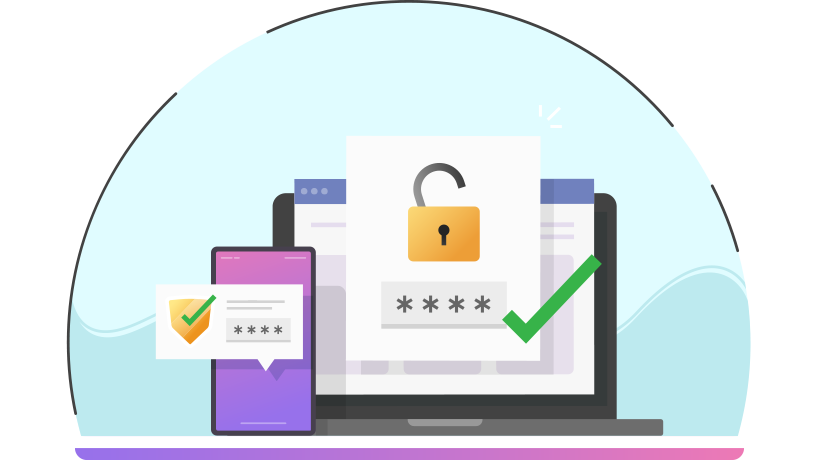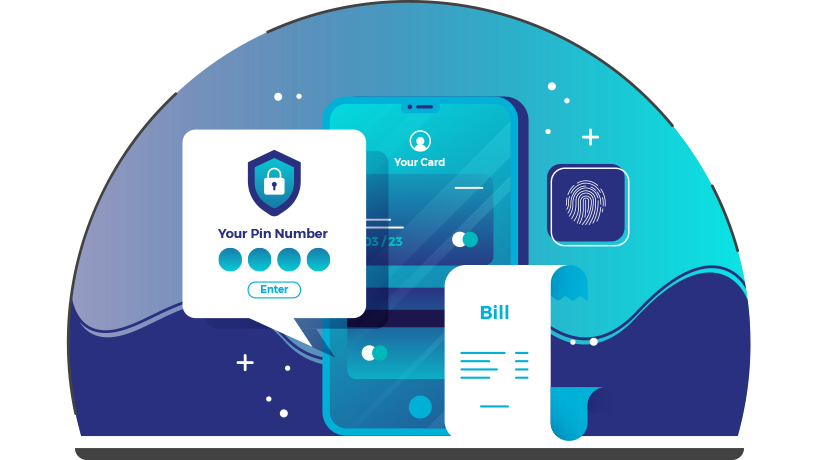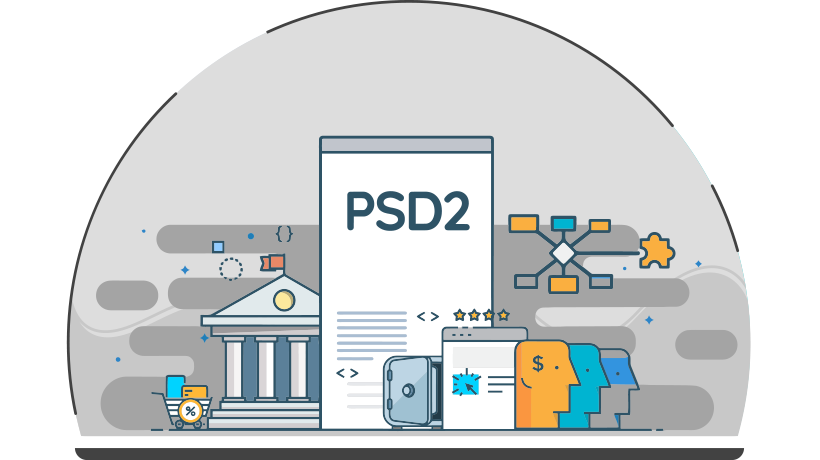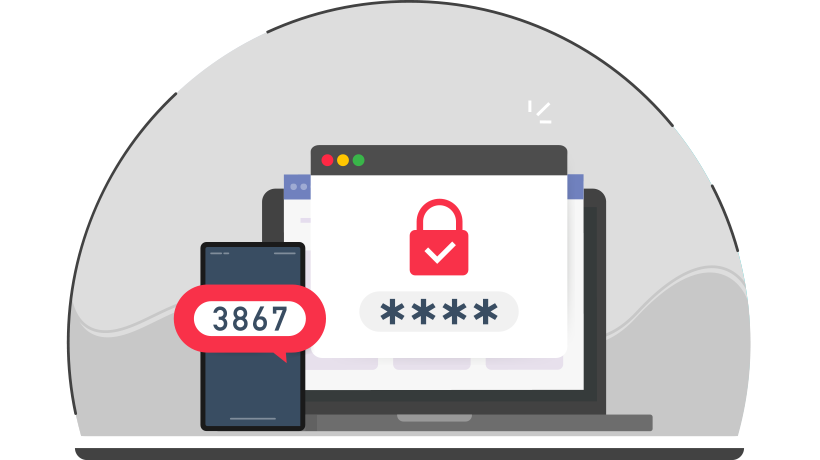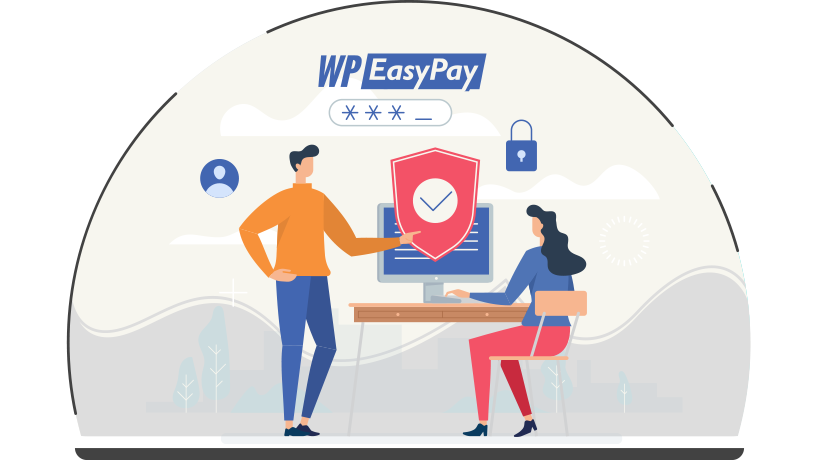In 2018, Fraud losses reached $27.85 billion worldwide. The number is projected to rise to $35.67 billion in the next five years and $40.63 billion in 10 years according to The Nilson Report, the leading global card and mobile payments trade publication.
E-Commerce industry is more vulnerable to payment frauds
One of the most common fraudulent activities is e-commerce payment fraud, which is basically any kind of illegal online transaction that is being performed by a cybercriminal.
E-commerce platforms depend on online payment systems in order to bill clients and complete payment for products and services. Furthermore, most businesses have taken it upon themselves to facilitate online transactions through their websites as a way to increase their revenues.
It’s important for internet users to be aware that not everything on e-commerce platforms can be trusted. This should also prompt e-commerce businesses to go the extra mile to protect their platforms and ensure customers aren’t exposed to fraud.
How Customer Authentication can help prevent payment frauds
Authentication is the process that your bank or payment services provider uses to establish that it is really you.
It aims to make sure that the person requesting access to your account, or trying to make a payment, is either you or someone to whom you have given consent.
What is ‘Strong Customer Authentication’ (SCA)?
The new rules, introduced in 2019, are intended to further enhance the security of payments and limit fraud. They are known as Strong Customer Authentication (SCA)
The European Banking Authority announced that the new SCA requirements should be fully enforced by 31 December 2020.
As of 25 June 2020, the majority of European regulators have agreed to this new timeline, with one exception:
UK – The UK regulator previously announced an 18-month delay—requiring additional authentication for online payments beginning March 2021. Due to the COVID crisis, the UK regulator has extended the delay by an additional 6 months, bringing the revised enforcement date to 14 September 2021.
When should you use ‘Strong Customer Authentication’ (SCA)?
Strong Customer Authentication applies to “customer-initiated” online payments within Europe. As a result, most card payments and all bank transfers require SCA. Recurring direct debits on the other hand are considered “merchant-initiated” and don’t require strong authentication. With the exception of contactless payments, in-person card payments are also not impacted by the new regulation.
For online card payments, these requirements apply to transactions where both the business and the cardholder’s bank are located in the European Economic Area (EEA).
European banks will be required to follow SCA under PSD2.
What is PSD2 and why must banks comply?
The revised Payment Services Directive 2 (PSD2) aims to better align payment regulation with the current state of the market and technology.
It introduces security requirements for the initiation and processing of electronic payments, as well as for the protection of consumers’ financial data.
It also recognizes and regulates Third-Party Providers (TPPs) that are allowed to access or aggregate accounts and initiate payment services.
This move will shake up the payments market, particularly in the eCommerce space, by encouraging greater competition, transparency, and innovation in payment services.
In short, PSD2 aims at facilitating consumer access to their banking data and driving innovation by encouraging banks to exchange customer data securely with third parties.
How SCA will change online payment flow?
To meet the new SCA requirements, a form of two-factor authentication is required for many online card payments in Europe. Without authentication, many payments may be declined by your customers’ banks.
With SCA, there is an additional and mandatory step before authorization and capture: authentication. This step helps protect customers by preventing fraud. To authenticate a payment, a customer responds to a prompt from their bank and provides additional information. This may be something they know, like a password, something they use, like their phone, or something that’s part of who they are, like their fingerprint.
WP EASYPAY VERSION 3.1.3 FEATURES – STRONG CUSTOMER AUTHENTICATION (SCA)
WP EasyPay is a powerful Square payment solution that gives business owners the ability to accept payments anywhere in the world. You can create reports, customized forms for recurring donations, subscription payments, and much more.
WP EasyPay introduced ‘Strong Customer Authentication’ (SCA) in version 3.1.3 for the purpose of reducing fraud and making your online payments more secure.
We have a detailed and descriptive technical documentation on how to configure Strong Customer Authentication (SCA) settings for your forms. You can read the technical documentation here.



